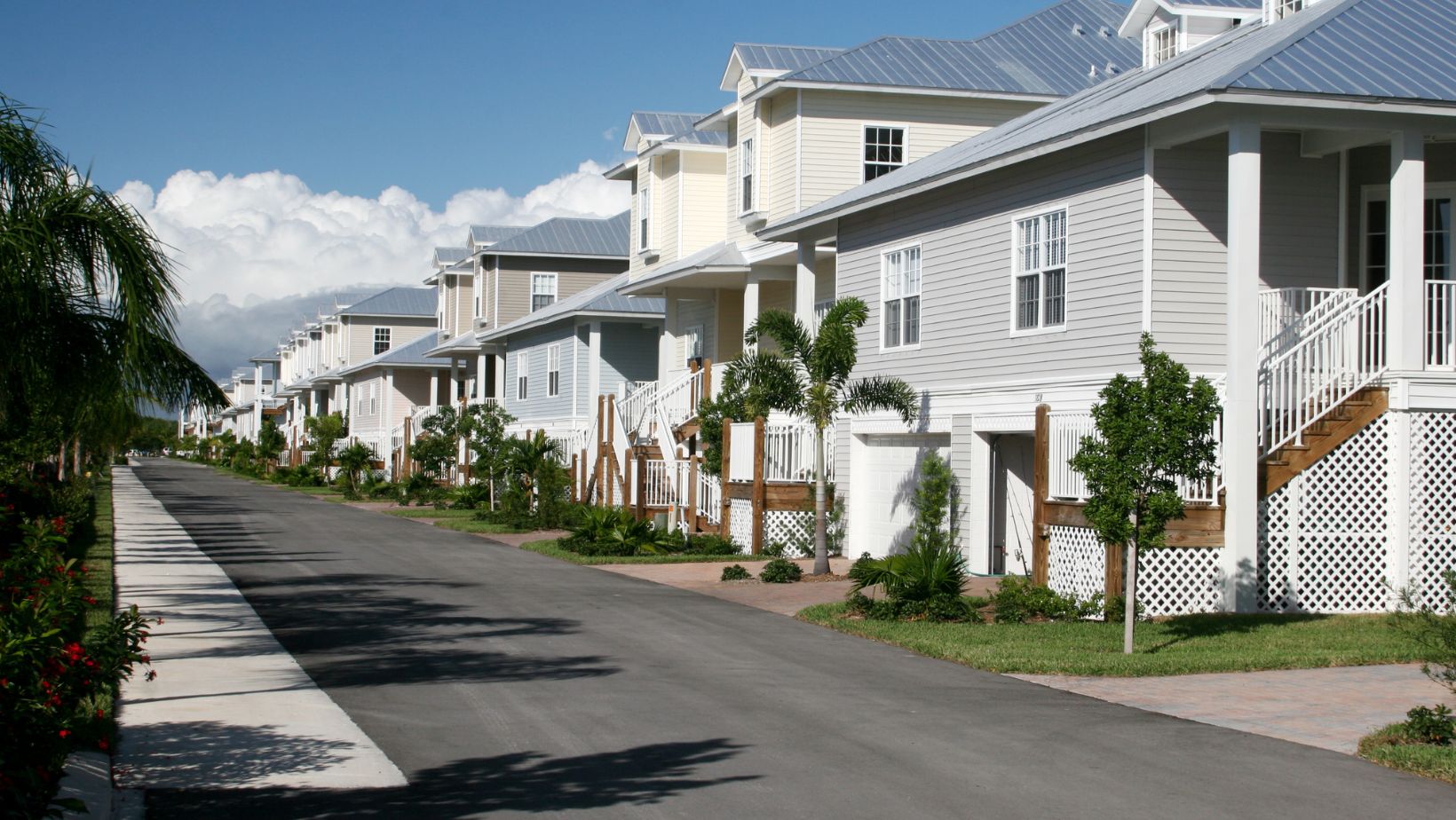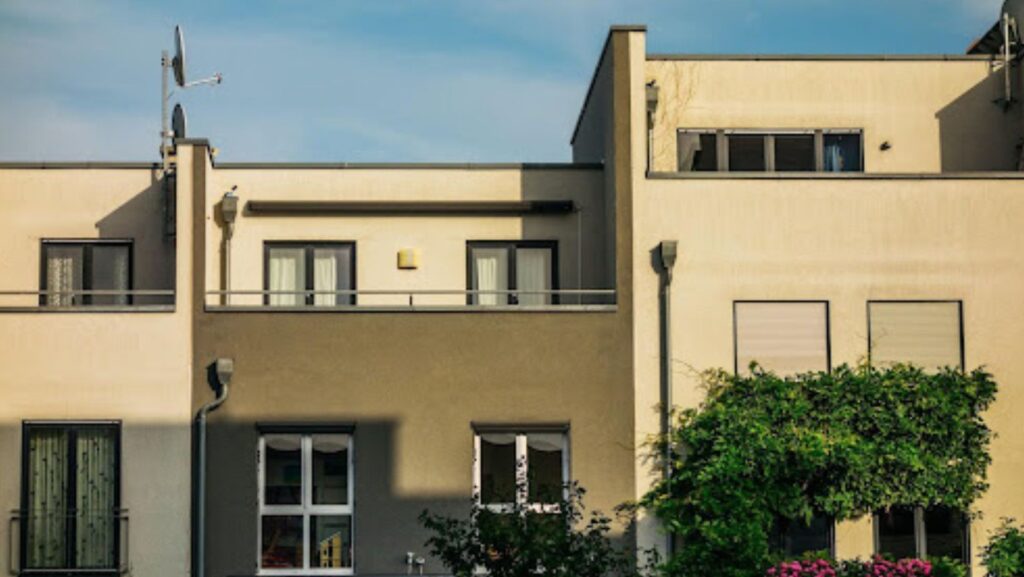Affordable housing plays a vital role in creating stable communities and helping individuals and families achieve long-term financial security. While much of the conversation around affordability centers on rent prices, subsidies, and programs such as Section 8, the physical appearance and durability of housing are just as critical to maintaining value. The exterior of a home is not only its first impression—it’s also a key factor in energy efficiency, safety, and upkeep costs over time.
Improving the exterior of affordable housing doesn’t have to mean expensive renovations. With thoughtful planning, cost-effective materials, and practical design strategies, property owners and residents can create homes that are both attractive and sustainable. The following sections explore how smart exterior upgrades can enhance curb appeal, protect long-term investments, and contribute to healthier, more livable neighborhoods.
The Importance of Curb Appeal in Affordable Housing
Curb appeal isn’t just about aesthetics—it can influence community pride, neighborhood safety, and property values. When homes are well-maintained, they send a message that residents care about their environment. This can deter vandalism, attract responsible tenants, and foster a sense of ownership and community engagement.
Even in affordable housing developments, small touches can make a big difference. Painting doors and trim, maintaining lawns, and ensuring consistent exterior colors across multiple units can instantly elevate a property’s look. The goal is to create a cohesive, welcoming appearance that adds dignity to the neighborhood without driving up costs.
Durable and Low-Maintenance Materials
When working with limited budgets, the choice of materials is one of the most critical decisions.

The right materials can reduce long-term maintenance costs and improve energy efficiency—two major concerns for affordable housing providers.
1. Vinyl Siding: Vinyl is one of the most popular exterior materials because it’s affordable, weather-resistant, and available in many colors. It requires minimal upkeep and doesn’t need to be repainted often, making it ideal for multi-family housing units or large properties.
2. Fiber Cement Siding: While slightly more expensive upfront, fiber cement offers superior durability and resistance to fire, pests, and moisture. It’s an excellent option for regions prone to extreme weather conditions, providing a longer lifespan with fewer repairs.
3. Metal Roofing: Though often overlooked in residential projects, metal roofing can be an energy-efficient and sustainable choice. It reflects heat in warm climates, reduces cooling costs, and can last up to 50 years with minimal maintenance.
4. Composite Trim and Decking: For exterior details like window frames, railings, and decks, composite materials made from recycled plastics and wood fibers are a smart investment. They resist rot, warping, and insect damage while providing a clean, finished look.
Weatherproofing for Longevity
Weatherproofing is essential in affordable housing because it protects investments and ensures safe living conditions. Water damage, mold, and structural decay can quickly turn small exterior issues into major repair bills.
Proper drainage is often the first line of defense. Grading the land to direct water away from the foundation helps prevent flooding and erosion. Installing quality gutters and downspouts ensures that rainwater doesn’t collect near the base of the home.
Sealing gaps and cracks around windows and doors with caulk or weatherstripping prevents air leaks, improves insulation, and reduces energy costs. Similarly, maintaining a strong roof seal and checking for missing shingles or flashing ensures that moisture doesn’t penetrate the structure.
These small, preventive measures extend the life of a home while keeping maintenance budgets under control—a key consideration in affordable housing developments.
Energy Efficiency on a Budget
Energy efficiency is a growing priority in both public and private housing initiatives. Simple exterior upgrades can have a major impact on utility costs, which is particularly important for families and individuals on limited incomes.
1. Insulated Siding and Roofing: Adding insulation to exterior walls or roofing materials helps stabilize indoor temperatures. Over time, this reduces energy consumption and supports long-term affordability.
2. Energy-Efficient Windows: Upgrading to double-pane windows or using reflective window film can reduce heat loss during winter and prevent excessive heat gain in summer.
3. Cool Roofs and Light Colors: Using light-colored roofing materials or coatings reflects sunlight, lowering cooling costs in warm regions. Similarly, lighter paint colors on exterior walls can help maintain comfortable indoor temperatures.
4. Solar Lighting: Installing solar-powered lights along pathways and entryways adds both safety and sustainability without increasing electricity bills.
These strategies make housing more affordable not just in rent or mortgage costs, but in everyday living expenses—a vital component of long-term housing stability.
Landscaping That Adds Value Without High Maintenance
Thoughtful landscaping doesn’t have to be expensive or complex. In fact, the most successful affordable housing projects focus on simplicity and sustainability.
Native plants are an excellent choice because they require less water and care while supporting local ecosystems. Replacing large lawns with drought-tolerant plants, gravel, or mulch beds can reduce maintenance costs significantly. Trees, when strategically planted, provide natural shade and help reduce cooling expenses.
Adding community gardens or shared green spaces can also foster social connections and a sense of pride among residents. These communal areas encourage people to care for their surroundings and create a more cohesive, welcoming neighborhood environment.
Safety and Accessibility Considerations
A well-designed exterior should prioritize both safety and accessibility—two elements that enhance quality of life and prevent future costs.
Lighting is one of the simplest and most effective ways to improve safety. Motion-activated or solar-powered exterior lights around entrances, walkways, and parking areas increase visibility at night, reducing the risk of accidents or crime.
Walkway design also matters. Paved, even surfaces make it easier for individuals with mobility challenges to move around safely. Adding ramps, handrails, and proper signage ensures that all residents—regardless of age or ability—can navigate the property comfortably.
Secure entryways and fencing can further contribute to residents’ peace of mind while maintaining a friendly, open atmosphere. Using sturdy, weather-resistant materials for gates and railings ensures both functionality and longevity.
Sustainable Practices for Long-Term Value
Sustainability in affordable housing isn’t just an environmental choice—it’s a financial one. The more resilient and efficient a property is, the lower its lifetime operating costs.
Some sustainability practices that align with exterior improvements include:
- Rainwater harvesting systems for irrigation.
- Recycled or reclaimed building materials that lower costs and reduce environmental impact.
- Permeable pavements to reduce runoff and support groundwater recharge.
- Green roofs or walls for multi-unit developments, improving insulation and reducing heat islands.
While some of these solutions require initial investment, they deliver long-term savings and align with public policy goals for greener, more equitable housing.
Enhancing Value Through Smart Upgrades
When property owners or managers think strategically about exterior improvements, they not only protect their investment but also enhance the living experience for residents. Small, incremental upgrades—like repainting, adding solar lighting, or installing more durable siding—can yield significant returns over time.
Moreover, a well-maintained exterior can help attract qualified tenants and support compliance with housing program standards. For those seeking more resources or looking for housing opportunities, searching a Section 8 housing list is a valuable tool to connect residents with available affordable homes across the country.
Conclusion
Exterior improvements are about more than aesthetics—they are an investment in community, sustainability, and long-term affordability. Whether through durable materials, energy-efficient upgrades, or thoughtful landscaping, every improvement contributes to a safer, more welcoming environment.
By focusing on the exterior, affordable housing developers and residents alike can maximize the value of their homes while ensuring that these spaces remain livable, efficient, and dignified for years to come.


More Stories
Chain Break Bridging Loans: Key to Seamless Home Purchasing
Renton Plumber Warns About Predatory Plumbing Sales Tactics To Watch Out For
Essential Power Tools Every Homeowner Needs for Exterior Renovations